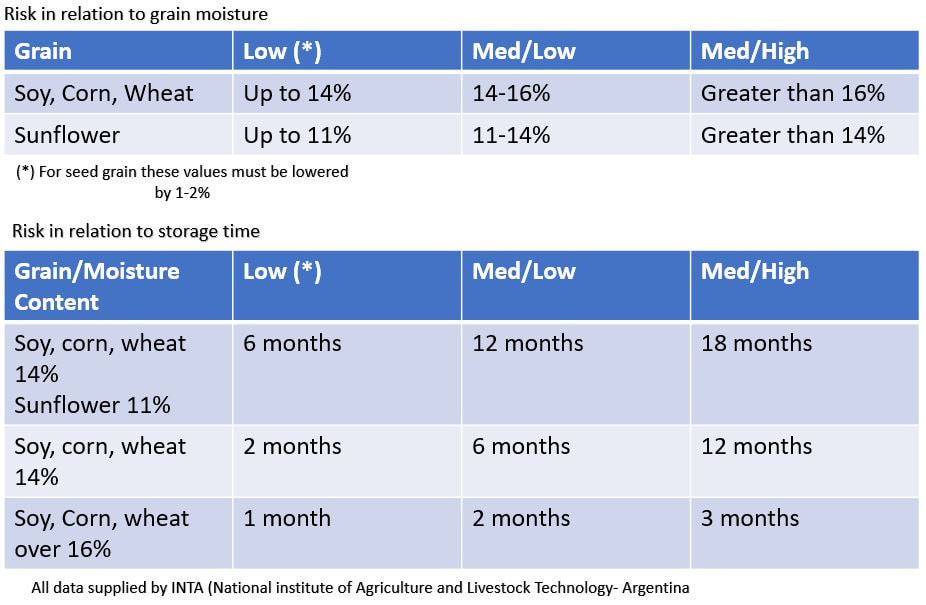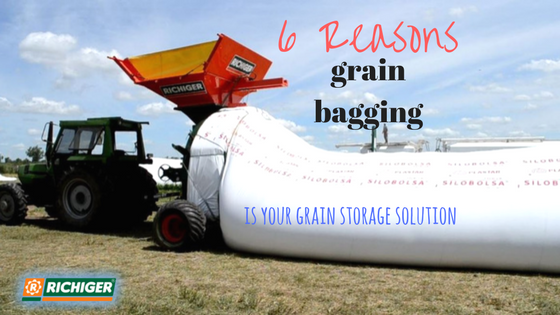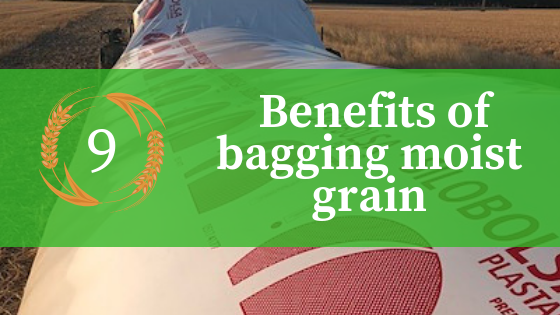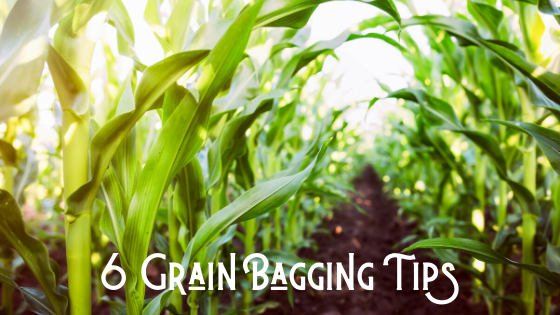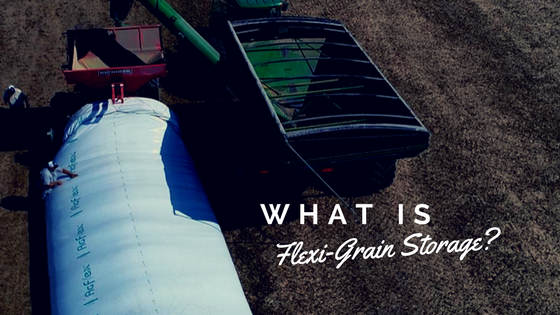Frequently asked questions about grain bagging and grain bags
What width and length grain bags do you have?
Our Plastar grain bags are 9 or 10 feet in width and range anywhere from 200 to 500 feet in length, depending on availability.
What thickness are the bags?
We offer Plastar premium grain bags that are 9.3 mil in thickness . Our Plastar grain bags have been tested bythe state of Missouri.
How many bushels will a bag hold?
9ft Plastar grain bags will hold approx..40 bushels per foot, 10ft Plastar grain bags will hold approx. 50 bushelsper foot.
How much do bags cost?
Our Plastar grain bags cost roughly 0.9 cents a bushel.
What moisture can I store my grain at in grain bags?
See Chart below for general guidelines.
How long can I store my grain in grain bags?
Plastar grain bags are designed to store grain up to 24 months. What types of grain can I store in grain bags? Any type! Corn, soybeans, rice, wheat, barley, canola, sorghum.
Our Plastar grain bags are 9 or 10 feet in width and range anywhere from 200 to 500 feet in length, depending on availability.
What thickness are the bags?
We offer Plastar premium grain bags that are 9.3 mil in thickness . Our Plastar grain bags have been tested bythe state of Missouri.
How many bushels will a bag hold?
9ft Plastar grain bags will hold approx..40 bushels per foot, 10ft Plastar grain bags will hold approx. 50 bushelsper foot.
How much do bags cost?
Our Plastar grain bags cost roughly 0.9 cents a bushel.
What moisture can I store my grain at in grain bags?
See Chart below for general guidelines.
How long can I store my grain in grain bags?
Plastar grain bags are designed to store grain up to 24 months. What types of grain can I store in grain bags? Any type! Corn, soybeans, rice, wheat, barley, canola, sorghum.
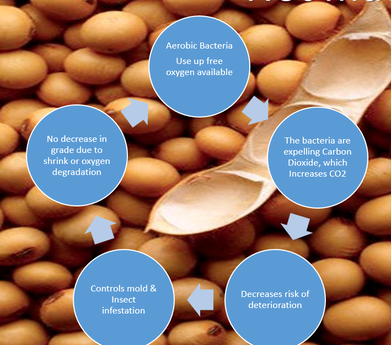
What Happens Inside a Grain Bag?
Oxygen free storage is a concept that has hit the United States farm market recently, although the concept has been around in other parts of the world in recent history for about 40 years, and also dates back to times B.C.
But what exactly is oxygen free storage?
Lets get scientific. Inside a grain bag is your grain, and whatever it goes in looking and smelling like is what it will come out looking and smelling like. The moisture level will be the same as the day you put it in.
How does this occur?
First, aerobic bacteria that is on your grain will use up the free oxygen available in the bag. While it does this, the bacteria are expelling Carbon Dioxide, which increases C02. Because of this, there is a decrease of deterioration in your grain, as well as controlling mold and insect infestation-because bugs cannot live without oxygen. There is no decrease in grain grade due to shrink (like in a grain bin) or oxygen degradation. So essentially there is not much going on inside the grain bag except protection from the outside world, which is just what you want. This way, you can store your grain when you want to and sell when you want to-resting assured that your grain will come out just as it went in.
Oxygen free storage can be stored up to 24 months. the storage is conveniently right on your farm, in the field, or wherever you choose to place them. This gives you the leverage to sell the grain when the market is right and it saves you money on fuel prices back and forth to the bin because you can bag right where you are harvesting, if you wish.
Oxygen free storage is a concept that has hit the United States farm market recently, although the concept has been around in other parts of the world in recent history for about 40 years, and also dates back to times B.C.
But what exactly is oxygen free storage?
Lets get scientific. Inside a grain bag is your grain, and whatever it goes in looking and smelling like is what it will come out looking and smelling like. The moisture level will be the same as the day you put it in.
How does this occur?
First, aerobic bacteria that is on your grain will use up the free oxygen available in the bag. While it does this, the bacteria are expelling Carbon Dioxide, which increases C02. Because of this, there is a decrease of deterioration in your grain, as well as controlling mold and insect infestation-because bugs cannot live without oxygen. There is no decrease in grain grade due to shrink (like in a grain bin) or oxygen degradation. So essentially there is not much going on inside the grain bag except protection from the outside world, which is just what you want. This way, you can store your grain when you want to and sell when you want to-resting assured that your grain will come out just as it went in.
Oxygen free storage can be stored up to 24 months. the storage is conveniently right on your farm, in the field, or wherever you choose to place them. This gives you the leverage to sell the grain when the market is right and it saves you money on fuel prices back and forth to the bin because you can bag right where you are harvesting, if you wish.
|
|

